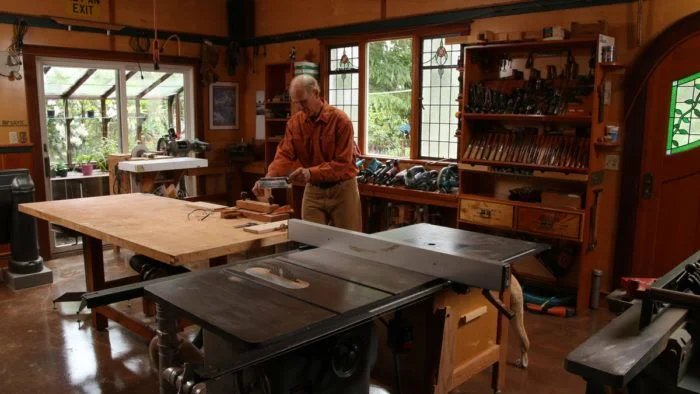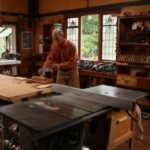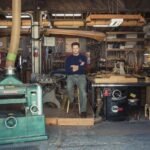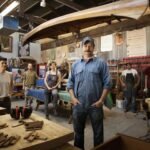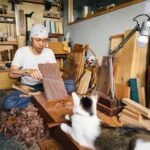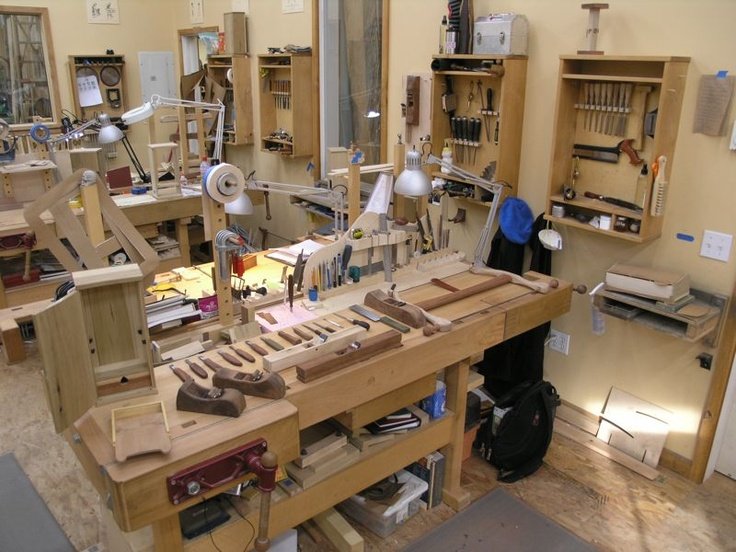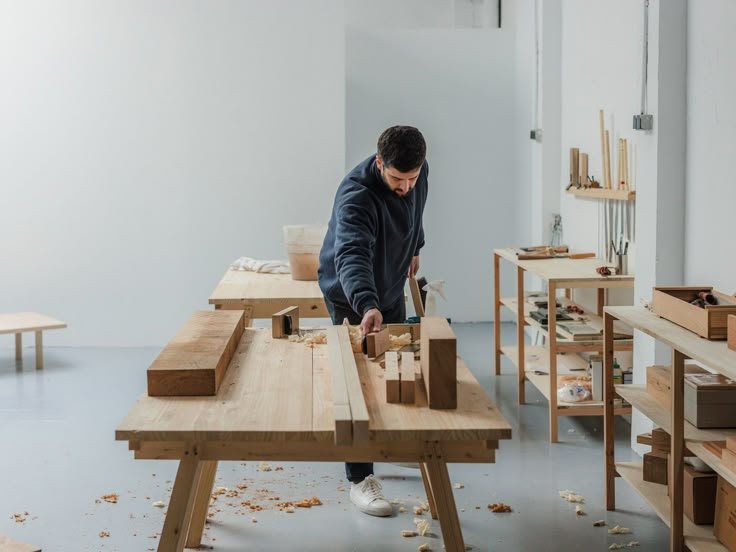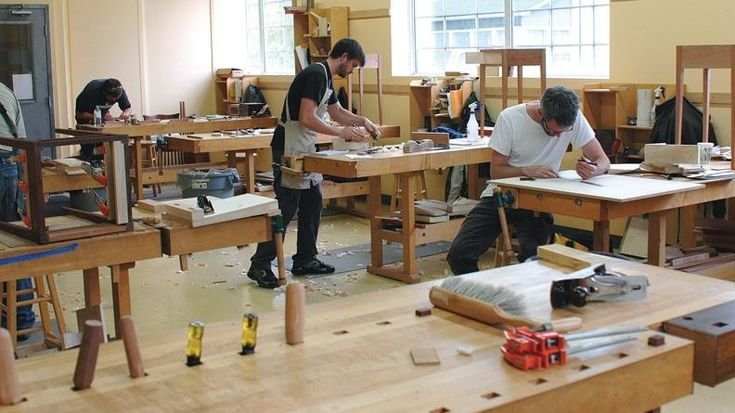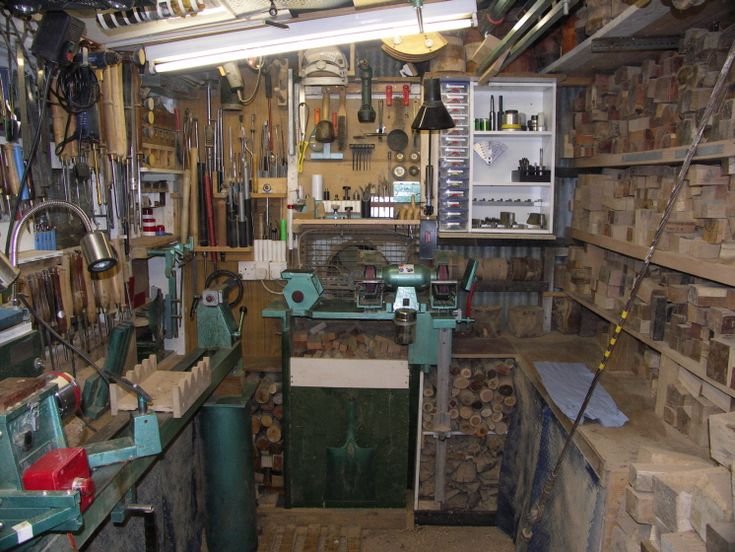Woodworking and 3D Print Files: A Twist of Fate
You know, there’s something about walking into my little garage workshop that just feels like home. The scent of fresh-cut pine mixed with sawdust, that unmistakable whiff of oil from my old tools, and the sound of my band saw humming away like a second heartbeat. There’s something magical in the air when I step in there, coffee mug in hand, ready to take on whatever project I’ve cooked up in my mind.
But let me tell ya—sometimes that magic doesn’t quite work out as planned. I mean, we’re not all born as master woodworkers, right? There’ve been plenty of times I’ve walked away feeling more frustrated than fulfilled, especially when I decided to incorporate 3D printing into my woodworking. It’s a wild ride, I’ll tell ya.
A Wild Idea
So, there I was, scrolling through some woodworking forums one night, completely hooked on this new trend of using 3D print files in wood projects. People were talking about printing jigs, clamps, even decorative boxes. I thought to myself, “Why not give it a shot?” You see, I had grand visions of crafting an intricate bookshelf—curved shelves, fancy brackets—the whole shebang. The thought of blending traditional woodworking skills with this modern twist was just too enticing to resist.
I started sketching out my ideas late one night. It was around 2 a.m. by the time I shuffled off to bed, but I toss and turned in my sleep thinking about the curves and angles. I can still picture that moment when I connected the dots—finally understanding how using a 3D print file could save me from a whole heap of trouble making those delicate brackets by hand.
The Overconfident Print
Fast forward a couple of days, and I found myself knee-deep in my project. I fired up my old 3D printer, a waning Creality Ender 3. I had to make some adjustments here and there—tweaking the settings, swearing at it occasionally when things didn’t go right. But when that first piece popped out, my heart did a little happy dance.
I had chosen PLA because it’s just so easy to work with—I can’t stand for things to get too complicated. But boy, was I naive. This polished little bracket looked great sitting there, but as soon as I tried to attach it to my hardwood, there was a moment of panic. I had used the wrong screws. They were too long, a common mistake I tend to make when I get overly excited.
So there I am, hammering that screw in, and instead of just securing the piece, I ended up cracking the wood. I almost gave up right then and there. I can’t quite describe it—the sweet scent of pine turning sour in that moment—it was like a bad omen. My shoulders dropped, and I thought, “What the heck was I thinking?”
A Humble Salvage Operation
After a short break to smack my head against the garage wall a few times, I decided it was a teachable moment. I grabbed my chisels, a mix of brands that I’ve collected over the years, and got to work. That’s where the real fun began. While I may have messed up initially, sculpting new shapes from the scraps of the wood was oddly therapeutic.
So, here I was, creating a whole new bracket design on the fly. No print files, no fancy 3D little thingies—just me, my chisels, and good ol’ honest elbow grease. I laughed a little. I guess sometimes you just gotta roll with it.
In the end, I managed to piece together something that didn’t look half bad. It had a certain rustic charm, with uneven edges that whispered tales of the effort that went into it. Funny how that works, isn’t it? Sometimes our blunders blossom into unexpected beauty.
The Final Touches
I finally got around to printing out a new batch of brackets—this time, I “understood” the importance of using the right screws, and I opted for some heavier-duty ones. The sound of the drill whirring and the satisfying click of the wood as everything lined up just right reminded me why I love this hobby in the first place.
When I stepped back to look at my finished bookshelf, it wasn’t perfect by any means, but it felt like a testament to all the learning and twisting paths I had taken along the way. Plus, it proudly displayed my collection of dusty old books that probably should’ve been sent to the curb ages ago.
Lessons in the Grain
I learned a ton through that whole process—like using 3D-printed parts doesn’t always mean you’ll save time or effort. Sometimes, they just complicate things. But it was that journey, that grinding, frustrating, swear-at-your-printer journey, that taught me more than I ever expected.
If you’re thinking about diving into something like woodworking with 3D print files, just know it’s okay to fumble and mess up. It’s part of the fun. The beauty is in the journey, the mistakes, and what you learn from ‘em. You might surprise yourself, too, just like I did when I figured out that sometimes you just have to get your hands dirty and embrace the chaos.
So grab that coffee, hit the workshop, and remember: every piece of wood has a story. Just give it time to unfold.

